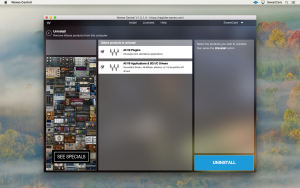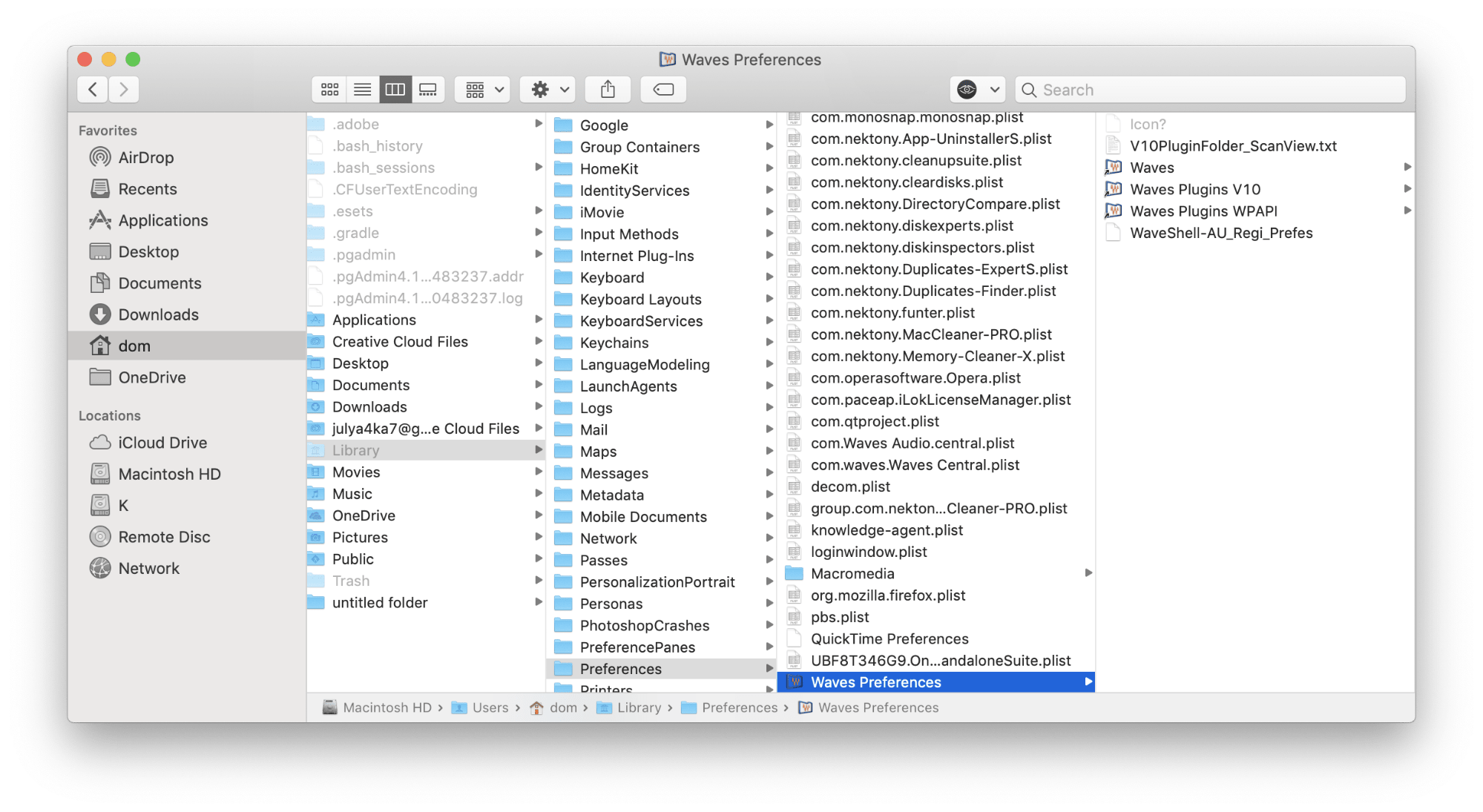Jun 02, 2020 80 GB of free hard drive space (30 GB for lite install)Mac Users: OS X 10.10 Yosemite or higher; AU, VST 2.4 or AAX-capable host software 64-bit host windows Users: Microsoft Windows 7 or higher; VST 2.4 or AAX-capable host software 64-bit host; How to Crack? Firstly, uninstall the old version from your system. Software for mac computers. Editor Version 1.05 / Plug-In Editor Software This software allows you to edit the X50 in a stand-alone operation, or it can run as a plug-in editor in an AU, VST or RTAS environment. This is Version 1.05. This is a newer version than the one that was included on the CD-ROM that came with your X50.

Vst Software Free


Hide folders app mac. You can install Audio Units plug-ins from manufacturers other than Apple to process audio in Logic Pro X, GarageBand, and Final Cut Pro. When installed, Audio Units plug-ins appear as individual components in the Library folders on your Mac:
So, many people are looking for some ways to convert MP4 to MOV free. Convert to mp4 mac app. Though MP4 is the most popular video format for most platforms and software, however, MOV is the best video formats for Apple devices. Actually, there are very many free MP4 to MOV converters that you can use on Mac and Windows platforms. Some are supported by both platforms while others are only one.
Mac Vst Plugins
- In the Finder choose Go > Go to Folder, enter '/Library/Audio/Plug-Ins/Components' into the Go to Folder field, then click Go.
- You can also check the Library in your Home folder. In the Finder choose Go > Go to Folder, enter '~/Library/Audio/Plug-Ins/Components' into the Go to Folder field, then click Go.
Free Mac Vst
Built-in effects and instruments included with Apple apps like Logic Pro X, GarageBand, MainStage, and Final Cut Pro X don't appear in the Library folders and can't be removed manually.
You'll find it in this folder: /Developer » Examples » CoreAudio » Services » AudioFileTools. Applications textedit app contents macos textedit etc hosts. robg adds: There's a very simple man page for afplay, which then tells you that help is available with afplay -h. If any one is interested, Apple also provides the source code for this application with the Xcode developer tools. The /usr/bin directory is in your path by default, so you can just type afplay file.mp3 to play that file.afplay makes use of Core Audio, so I think it can play any audio file that QuickTime supports (including mp3, aiff, wav, etc.).